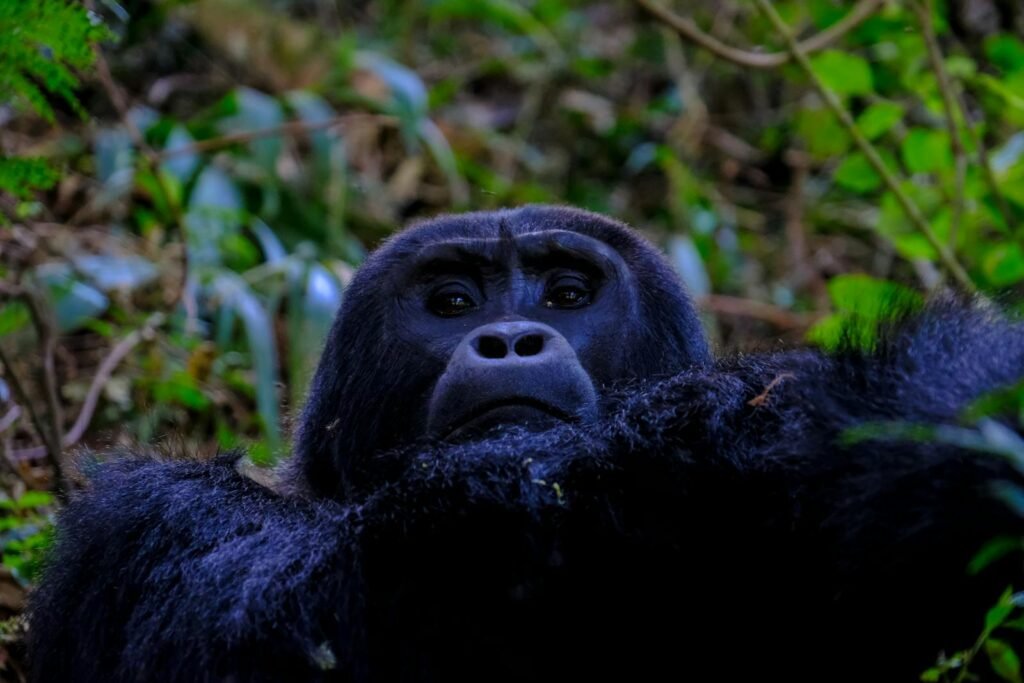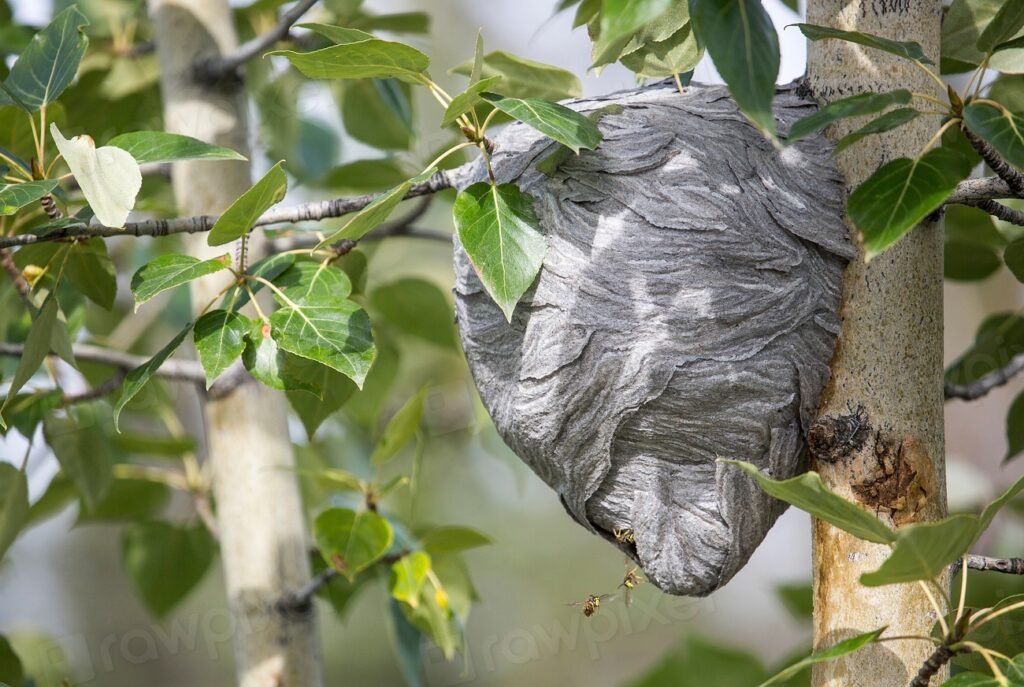The whisper of wind through snow-dusted pines, the hush before dawn on a frosty ridge, and the sudden thundering of elk hooves—these are the heartbeats of Colorado’s wild places. Yet, as the state’s iconic ski resorts sprawl ever further across mountain valleys, a hidden drama unfolds. Imagine standing at the edge of a sparkling ski run, only to glimpse a herd of elk hesitating at the tree line, uncertain where to go. This is not just a fleeting scene; it is the story of an ancient species navigating a landscape rapidly transformed by human ambition and recreation. What happens when the need for adventure collides with the needs of wildlife? The answer reveals both the beauty and the fragility of Colorado’s natural world.
Colorado’s Elk: Majestic Icons of the Rockies
Elk are among Colorado’s most celebrated wild animals, captivating locals and visitors with their grace and grandeur. These herds, often numbering in the hundreds, roam vast distances across the state’s rugged terrain. With their impressive antlers, haunting bugles, and iconic silhouettes against snowy backdrops, elk have become symbols of Colorado’s wild heritage. Yet, their survival depends on access to critical habitats: lush summer meadows for grazing, dense forests for shelter, and quiet valleys for calving. For centuries, elk have followed the same migration routes, guided by instinct and tradition. Their presence is not only vital for ecological balance but also for cultural and economic reasons, drawing wildlife watchers and hunters alike.
The Rise of Colorado’s Ski Industry
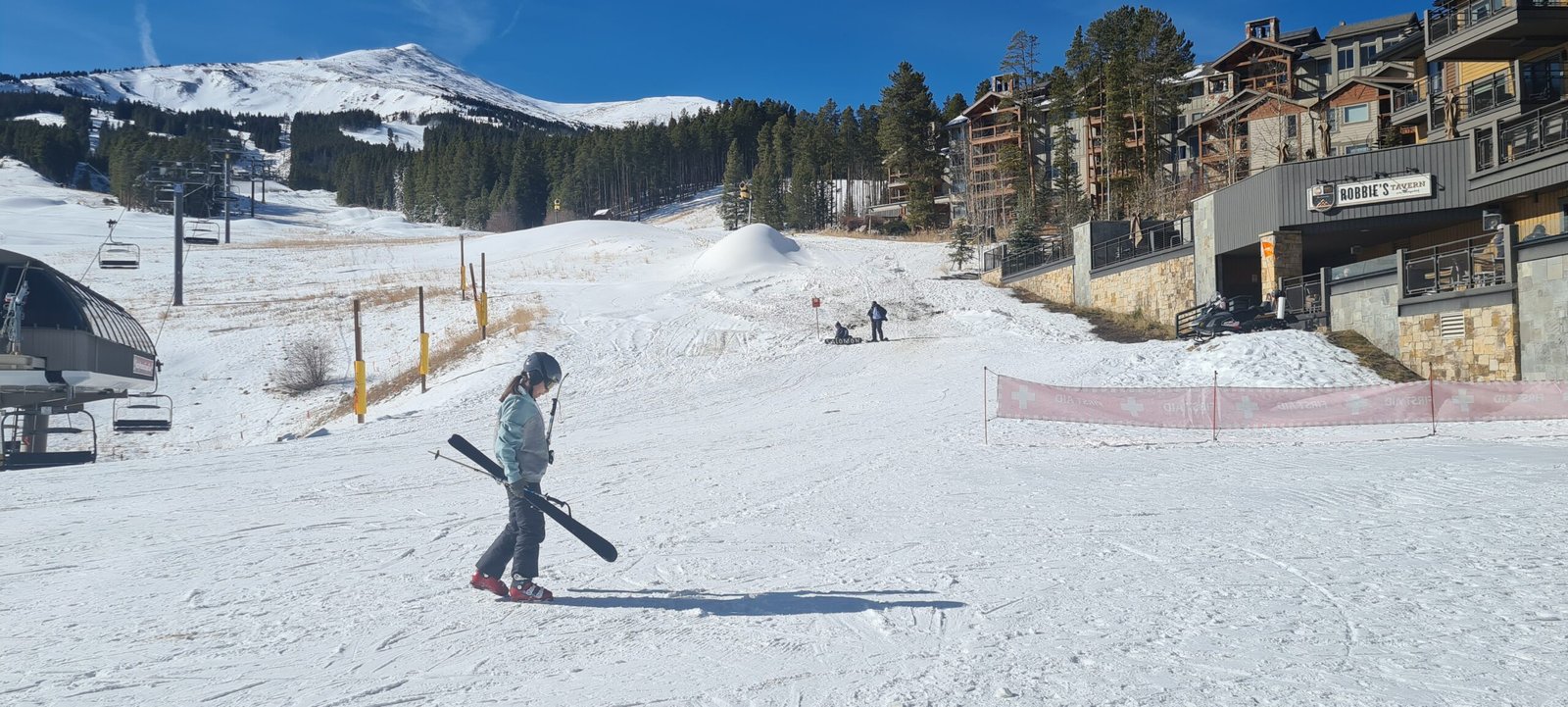
The birth and explosive growth of ski resorts across Colorado has transformed sleepy mountain towns into bustling winter destinations. Resorts like Vail, Aspen, and Breckenridge attract millions of visitors each year, fueling the local economy and redefining the region’s identity. Towering chairlifts, bright piste maps, and the hum of snow machines now dominate slopes once ruled by silence. These developments demand more than just space; they require roads, lodges, and year-round infrastructure. The ever-expanding footprint of ski resorts carves up forests and meadows, creating a patchwork of human activity that wasn’t here just decades ago. This boom, while thrilling for skiers, has brought new challenges for the wildlife that once roamed these hills with little interruption.
Elk Migration in a Fragmented Landscape
As ski resorts expand, the ancient migration routes of elk are being squeezed and rerouted. Elk rely on predictable pathways to move between summer and winter habitats, often crossing the very slopes now busy with skiers and snowboards. When these corridors are disrupted by roads, fences, and new developments, elk must navigate unfamiliar and often perilous terrain. Scientists have observed elk herds hesitating at resort boundaries or altering their paths, leading to longer, more stressful migrations. Fragmented habitats can also mean less access to food and water, making it harder for herds to thrive. The invisible fence created by human infrastructure is a silent but powerful barrier for these animals.
Winter Disturbance and Stress on Elk Populations
The excitement of the ski season brings with it a flurry of activity: roaring snowmobiles, packed lodges, and crowds slicing through powder. For elk, however, this bustle translates into stress and disturbance, especially in the harsh winter months when survival is already a challenge. Elk are forced to expend precious energy avoiding people and noise, abandoning prime feeding grounds for less optimal, secluded patches. Prolonged disturbance can lead to lower body weights, weakened immune systems, and decreased reproductive success. Calves born to stressed mothers may be smaller and less likely to survive. Every startled stampede across icy slopes drains resources needed to endure the long, cold season.
Habitat Loss and Its Ripple Effects
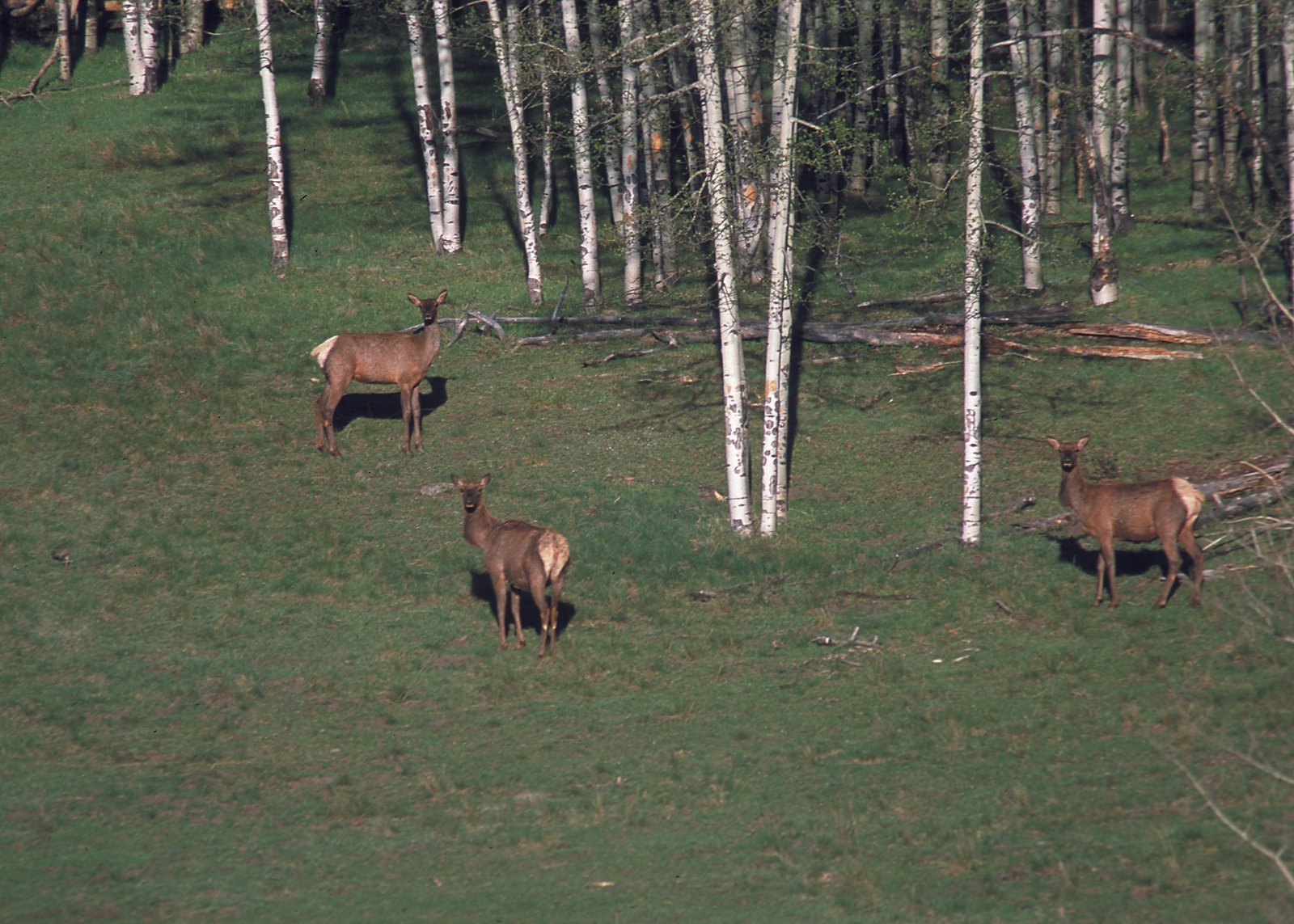
With every new ski lift or vacation home, another piece of elk habitat disappears. The loss of meadows, forests, and wetlands not only affects elk but also the countless other species that share these ecosystems. Habitat loss fragments populations, isolates herds, and reduces genetic diversity over time. Without large, connected spaces, elk may struggle to find mates or escape predators. These changes ripple outward—impacting everything from the grasses elk graze to the predators that rely on them for food. The web of life in the Rockies is delicate, and when one strand is pulled, the entire system can unravel in unexpected ways.
Human-Wildlife Conflict: When Paths Cross
As elk and humans are forced into closer quarters, conflicts inevitably arise. Skiers sometimes encounter elk on trails, leading to dangerous situations for both parties. In winter, elk may also wander into towns and resort areas, searching for food or shelter, risking vehicle collisions or confrontations with people and pets. Some resort managers have had to implement strict guidelines to keep both wildlife and people safe, such as fencing off certain areas or closing trails during calving season. Though these measures can help, they also highlight the ongoing struggle to balance recreation with respect for nature.
Scientific Research and Tracking Efforts

To understand and mitigate the impacts of ski resorts on elk, scientists have turned to technology and fieldwork. Researchers use GPS collars to track elk movements across the landscape, studying how herds respond to resort expansion and human disturbance. These data reveal migration bottlenecks, stress hotspots, and altered behaviors that would otherwise go unnoticed. Long-term studies help inform land management decisions, ensuring that resort growth is guided by science rather than profit alone. Collaboration between researchers, wildlife agencies, and resort operators is crucial for finding solutions that benefit both people and animals.
Conservation Strategies and Success Stories
Despite the challenges, there are bright spots in the effort to protect elk and their habitats. Some ski resorts have partnered with conservation groups to create wildlife corridors—undeveloped strips of land that allow elk to move freely between habitats. Strategic closures of certain trails during sensitive periods, such as calving or migration, have proven effective in reducing stress on herds. Educational programs for guests and staff help foster a culture of respect for wildlife. These success stories show that with creativity and commitment, it is possible to enjoy Colorado’s mountains while safeguarding their wild residents.
The Role of Local Communities
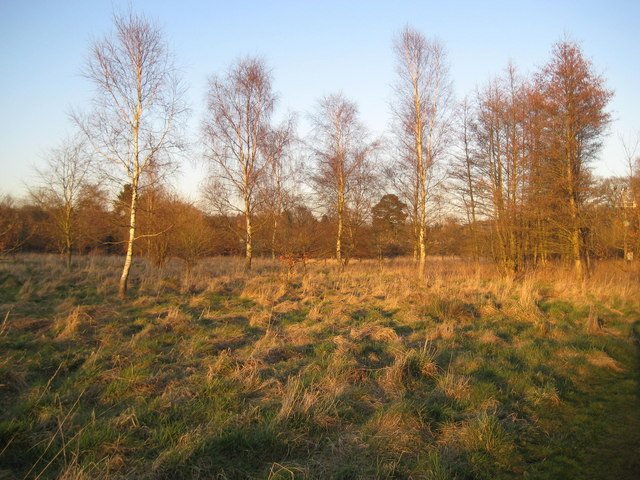
Communities near ski resorts play a pivotal role in the future of elk and other wildlife. Local residents often serve as the eyes and ears on the ground, reporting elk sightings and advocating for responsible development. Many have joined forces with conservation organizations to push for better land use planning and stronger protections for migration corridors. Grassroots efforts, such as habitat restoration projects or wildlife-friendly fencing initiatives, can make a tangible difference. When locals take pride in their natural heritage, they become powerful allies for both wildlife and sustainable tourism.
Climate Change: A New Layer of Complexity
While ski resorts and development pose immediate threats, climate change adds another layer of uncertainty for elk in Colorado. Warmer winters mean less reliable snowpack, altering the timing and routes of traditional migrations. Shifting plant communities can affect the availability of food, while extreme weather events may increase the risks faced by elk calves. As habitats change, the pressure on elk to adapt grows ever greater. The intersection of climate change, development, and recreation demands flexible, forward-thinking strategies to ensure the resilience of both wildlife and human communities.
The Path Forward: Coexistence and Stewardship
The future of Colorado’s elk herds and ski resorts is not a simple story of winners and losers. Instead, it is a call to action for coexistence, respect, and stewardship. By embracing science, collaboration, and a deep appreciation for the wild, Coloradans can chart a path that honors both their love of adventure and their responsibility to nature. The choices made today—about where to build, how to recreate, and how to protect—will shape the Rockies for generations to come. Will we listen to the lessons of the land, or will we let our footprints drown out the music of the elk?


